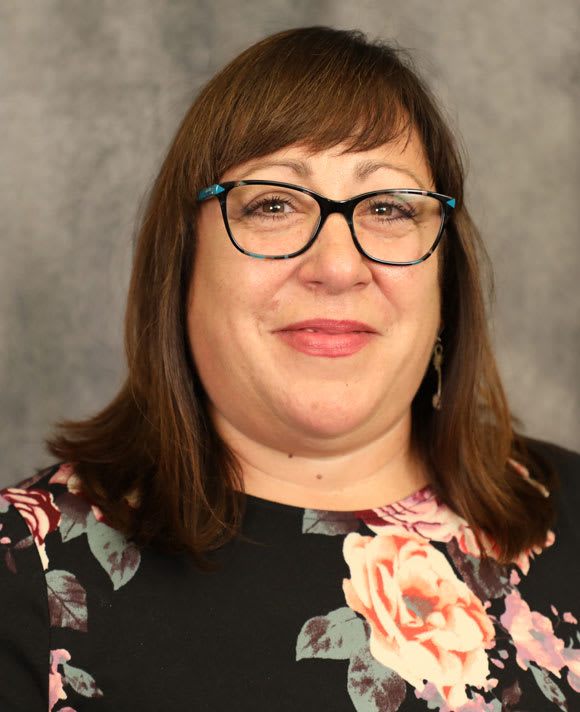
Building a vision of excellent instruction
At the start of every partnership, the Instruction Partners team conducts classroom walkthroughs to gather a baseline understanding of the current state of instruction at a school. Initial walkthroughs at Gladstone Elementary revealed that instruction was not aligned to the rigor of the state standards.
In order to improve daily instruction, Gladstone teachers needed a content-specific vision of what excellent instruction looks like in practice. Given the school’s limited leadership capacity, it was critical that Principal Carter had the content knowledge required to provide a clear vision and actionable feedback for her teachers.
The first step toward building this vision was deepening Ms. Carter’s content knowledge through the lens of the Instructional Practice Guides (IPGs), subject-specific observation and coaching tools that describe the content, teacher actions, and student engagement indicative of excellent teaching and learning. In addition to helping leaders understand what to look for while observing a classroom, the IPGs also serve as coaching guides for providing actionable feedback to teachers.
The Instruction Partners team led side-by-side classroom observations and coaching sessions with Ms. Carter to build her understanding of each indicator on the math and ELA IPGs. The team then transferred this knowledge to the Gladstone teachers through professional learning opportunities, including training on the new instructional vision.
The vision training was grounded in three key components:
- Emphasizing the importance of equity in instruction
- Deepening knowledge of grade-level standards and research-based best practices in ELA and math instruction
- Understanding the interlocking aspects of the instructional core: Rigorous content, effective teaching, and student engagement
After establishing a better understanding of what standards-aligned and equitable instruction looks like in practice, Ms. Carter and the Gladstone teachers made the decision to adopt high-quality ELA and math curricula in the spring of 2019.




